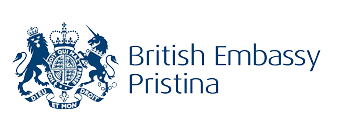October 2021
red dress in kosovo
The National Library, Pristina, Kosovo
An exhibition in collaboration with mak (manchester AId to kosovo) and its ‘sister stitch’ embroiderers.Exhibition funded by the British Embassy Pristina
https://www.atlasobscura.com/places/kosovo-national-library
OUR SUPPORTERS
A huge thank you to all who have given their time, energy, enthusiasm, advice, experience and support to The Red Dress project over the years.
In addition to the organisations below, funding has been gratefully received from a number of private donations and via three crowdfunding campaigns in 2020, 2022 and 2024.
In addition to the organisations below, funding has been gratefully received from a number of private donations and via three crowdfunding campaigns in 2020, 2022 and 2024.












"
"